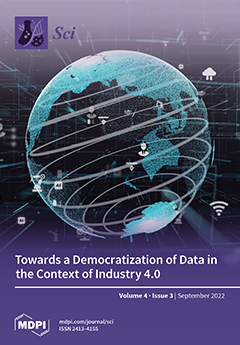This commentary is an investigation of sources of lead (Pb) exposure in West Africa. Pb is generally acknowledged as one of the most widespread environmental health hazards in West Africa, and there is heightened concern over adverse health effects at various levels of
[...] Read more.
This commentary is an investigation of sources of lead (Pb) exposure in West Africa. Pb is generally acknowledged as one of the most widespread environmental health hazards in West Africa, and there is heightened concern over adverse health effects at various levels of exposure (at doses once considered safe) in the West African region. A literature review for the possible health implications of Pb exposure on human health showed nervous system dysfunction, anemia, and potential cognitive diseases as the major health issues among children, while adults were found to suffer more from cardiovascular dysfunction, neurological decline, and reproductive diseases. Despite a decline in blood lead levels (BLLs), lead exposure continues to be a major public health concern as no level of Pb exposure can be considered safe. Moreover, lowering BLLs entails identifying various lead sources such as gasoline emissions, leaded paint, canned foods, and beverages, as well as plausible biological pathways of lead exposure and response. However, only countries such as Nigeria and Ghana have extensive research available regarding the different sources of Pb exposure. Further, it is not apparent which country is affected the most by Pb exposure. Therefore, this commentary was aimed to explore different literature sources to describe and list the different sources of Pb exposure in 15 West African countries. The findings indicated water, food, and occupational exposure as the major sources of Pb exposure in the region. People with occupations such as e-waste and Pb acid battery recycling, auto mechanics, fuel attending, welding, electronic repairing, farming/spraying, and mining were found to be at immediate risk. Tobacco, spices and paints constituted additional potential sources of exposure. For residents living near landfills or urban area, the major sources of Pb exposure were soil, air, and dust particles. The review revealed a vast research gap on the sources and implications of Pb exposure. Exposure to Pb could further increase due to uncontrolled traffic, urban growth, inadequate urban planning, and the inadequate enforcement of regulations. Therefore, more extensive research on the changing trends of Pb exposure among West African populations is needed.
Full article




